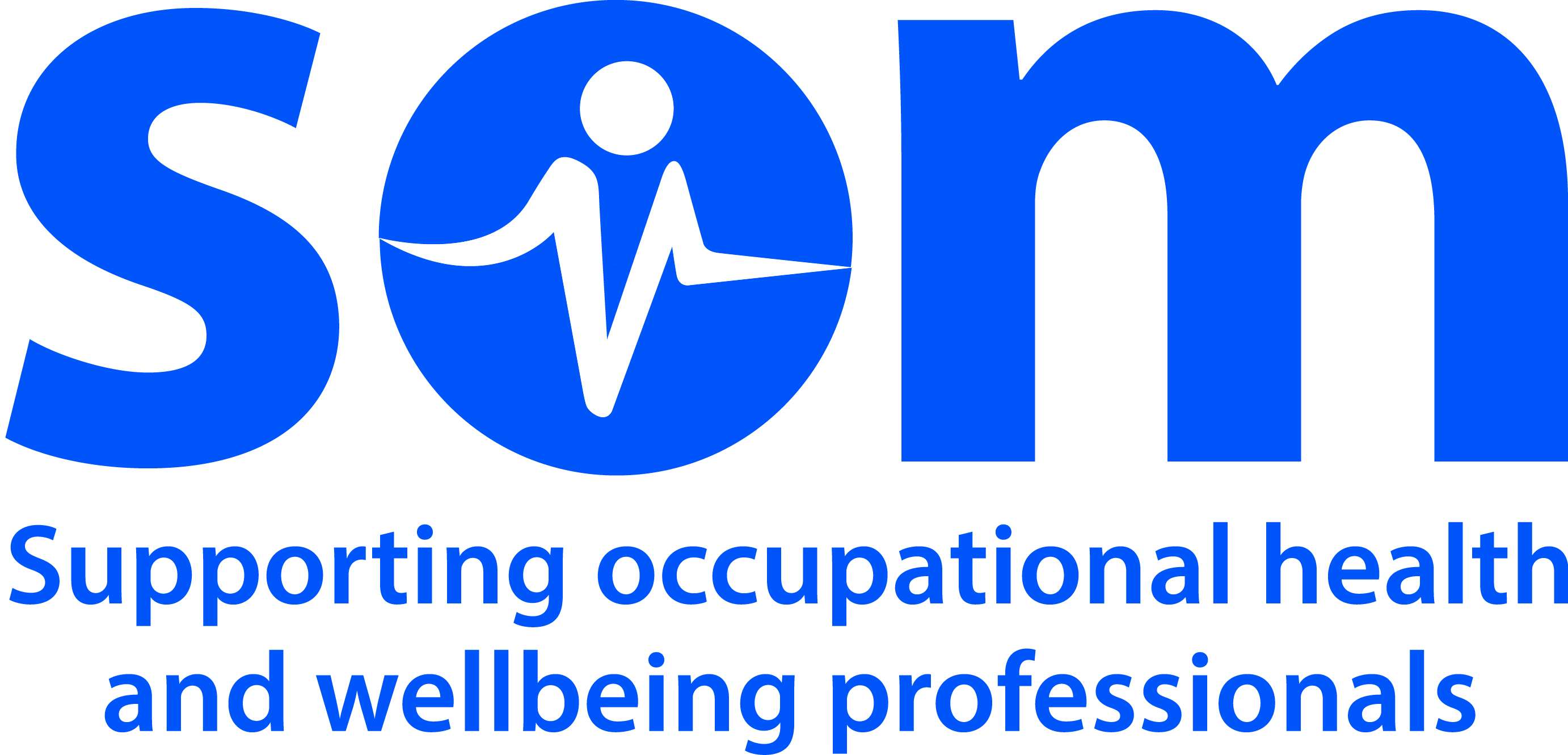Health risks at work

Occupational Health Considerations
Although safety risks are indeed health risks ultimately, and the principles of risk reduction via controls is the same for both, traditionally these have been managed separately. This probably reflects the wealth of legislation around safety over many decades and the ease of measurements and outcomes (e.g counting trips and falls on company premises each month).
In most jurisdictions, employers have a duty to identify health risks and control them as far as is reasonably practicable. Employers can come in for criticism or complaint when it can be demonstrated that the risk was not assessed or it was not acted upon.
In the case of hearing for example, government regulation implicitly acknowledges that some workers will go deaf despite all required control measures being implemented because it is simply too expensive to reduce noise to such a level that there is negligible risk.
Safety officers do on occasion assess health risks. But this can not generally be the case as in some cases only health clinicians possess the necessary knowledge and experience to assess health risk (assessing fitness to return to work is an example). In general even large organisations do not possess the expertise in-house to assess health risk, let alone implement appropriate controls.
Some employees are more susceptible to health risks : people with asthma are more susceptible to allergens for example.
In most jurisdictions employers may be required to follow accepted industry practices or in some cases industry-specific legislation. For example in the UK, the safety authority prescribes safe practices required for working at height.
Clinical Aspects
Clinical Health Aspects
My reflection

